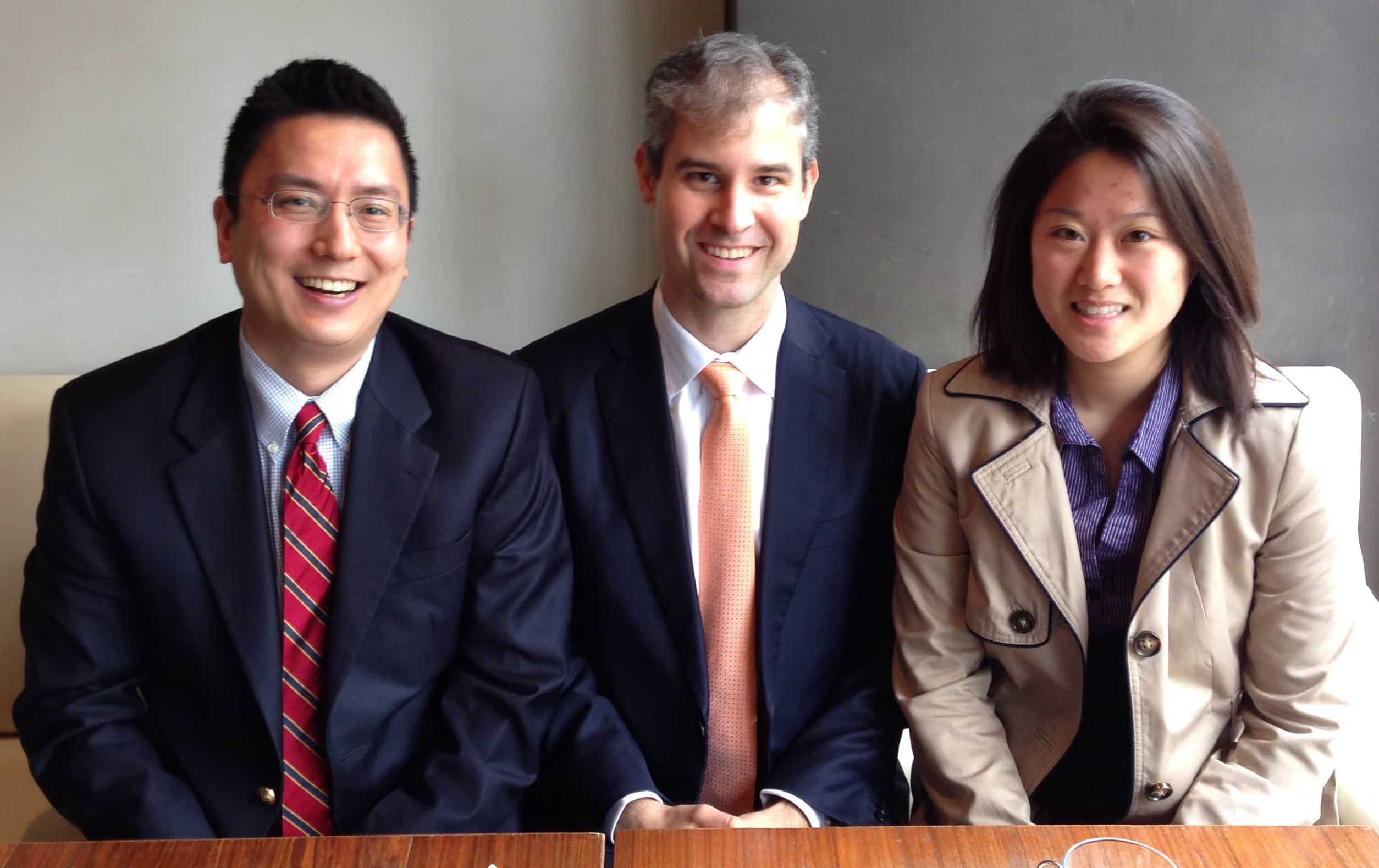I met Wednesday with the founder and CEO of Teach for All Korea, Yukang Choi. Given that the teaching field already attracts some of the top students in South Korea, I was curious how an organization modeled after Teach for America would operate.
Teach for all Korea helps students graduating from college start teaching before they have a graduate degree. In particular, the organization serves some of the most disadvantaged students in Korea with its corps members in after-school programs today. A big group of those students are North Korean refugees.
As I described my research on disruptive innovation and blended learning to create a student-centered system that personalizes, or mass customizes, learning for each individual student, Choi’s face lit up. The North Korean refugees need this, he said.
There are 25,000 refugees living in Korea today. The North Korean refugee students who attend the two alternative schools in the country that are eligible to offer students a high school diploma range in age from 15 to 27. They have hugely different needs that cry out for customization—from their skewed educational backgrounds to the various traumas that they have experienced and the many years they had no education at all as they sought refuge. Blended learning could be a critical way to serve them more effectively.
On top of that, as I thought about it, many North Korean refugees are nonconsumers of traditional education. Serving these would-be students is therefore an ideal place to establish a disruptive innovation like blended learning that would be far better than many of these students’ alternative—nothing at all—and could take root here, improve, and help to transform the South Korean education system into a happier, more student-centered one more generally.
Choi then made one other point. If reunification between South and North Korea occurs, then South Korea would be flooded with the need to educate rapidly 3 million students. Indeed, given the disparities between the two countries, the only hope for a smooth reunification in the long-term would be that education, which could act as a bridge between the two societies. The need and the nonconsumption would be vast.
Best to start innovating sooner rather than later.



